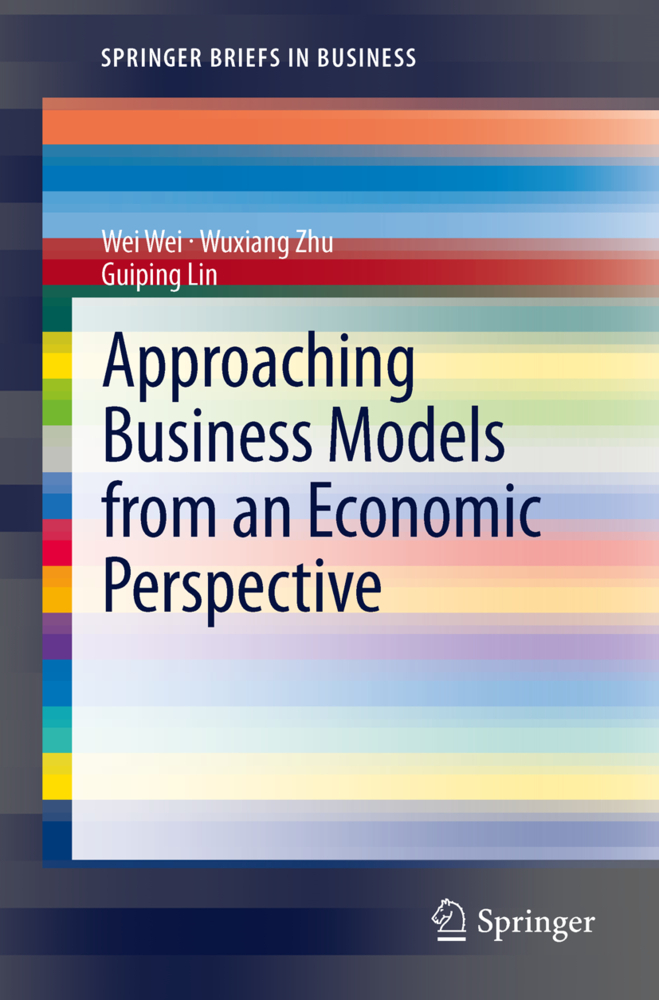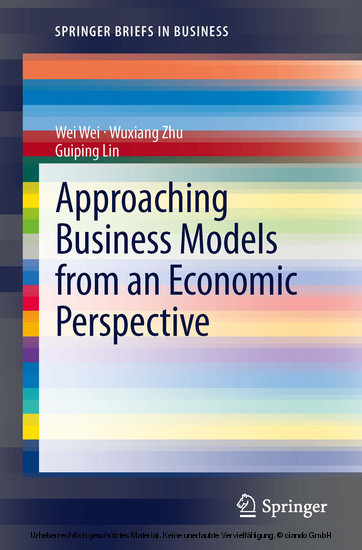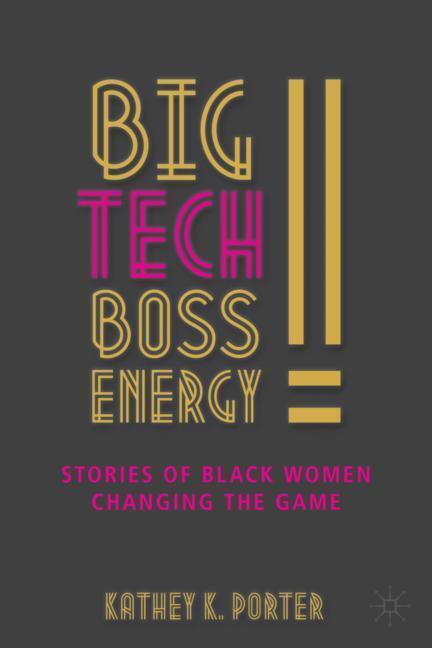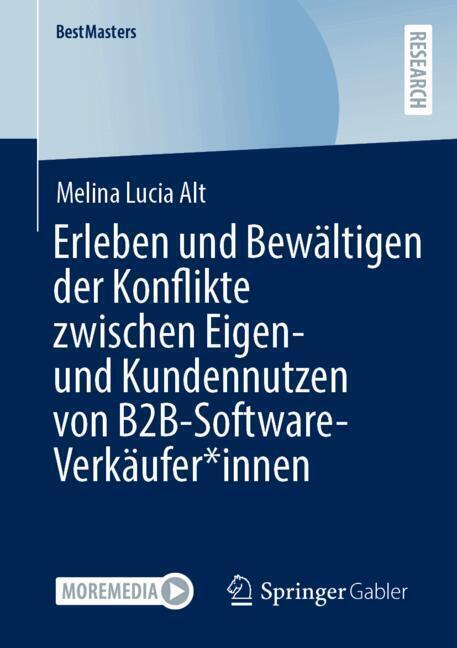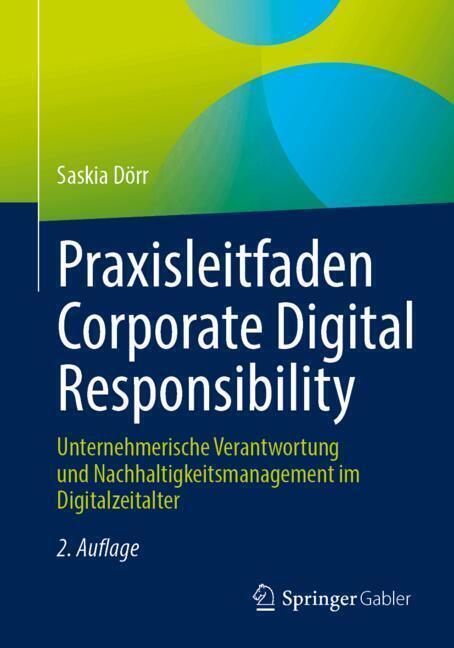Approaching Business Models from an Economic Perspective
Approaching Business Models from an Economic Perspective
1 Introduction: The Business Model and Transaction structure
Transaction Value, Costs, and Risks in the Transaction structure
The Six Elements of a Transaction structure
From Discovery and Reconstruction to Interpretation and Competition and Design
2 Business Models and Transaction Value, Costs and Risks
The Business Model: A Transaction structure for Stakeholders
Maximizing Value with a Superior Business Model
Dynamic Business Model Analysis
The Six Elements of a Business Model
Relationships and Differences between Business Models and Other Management Theories
3 The Business Model with Minimal Transaction Costs
A Good Place to Start: Rural Cooperatives
Production: Supplier Cooperative - Aalsmeer Flower Auction
Service: Customer Cooperative - CUMA
Service: Customer Cooperative -MIGROS
Financing: Customer Cooperative - Rabobank
The Second Example: Housing Cooperatives in Sweden
The Third Example: Mondragon - Employee Cooperatives
The Fourth Example: Various Non-Profit Organizations (No Owner)
The Fifth Example: Another Type of Charity Organization - Social Business
Business Tradition in Shanxi - A Trade-off between Market Transactions and Ownership Transfer
Business Model vs. Structurally Competitive Advantages
4 Business Model Positioning and Strategic Positioning
Strategic Positioning and Marketing Positioning
Business Model Positioning: Ways to Satisfy Stakeholder Needs
Business Mode Positioning Analysis I: Property Transferring Rights
Business Mode Positioning Analysis II: Transaction Process
Business Mode Positioning Analysis III: Products, Services, Solutions or Profiting Tools
5 Profit Model One: Fixed-Income, Remaining-Profit and Profit-Sharing
Fixed and Variable Contribution of Resources and Capabilities
Fixed-Income, Remaining-Profit and Profit-Sharing Models
Element One: Transaction Value
Element Two: Transaction Costs
ElementThree: Capability to Bear Risks.-How to Determine Profit Models
Combination of Profit Models
Competition between Profit Models
6 Profit Model Two: Admission, Toll, Parking, Fuel and Sharing Fees
Do They Create New Transaction Value?
Do They Bring Down Transaction Costs?
Do They Reduce Transaction Risks?
Structural Differences based on Vendor Strength
7 Profit Model Three: Combined Pricing
Product-Combined Pricing
Two-Tier Pricing
Razor-Blade and Blade-Razor
End to End (E2E) Solutions
Supermarket Shelf
Consumer-Combined Pricing
Cross Subsidization
Batch Pricing
Time-Of-Use Pricing
8 Profit Sources
Which Resources and Capabilities Yield Profit?
Who Create Profits?
From PM0 to PM"x": Building a Value Ecosystem for Stakeholders
Flexible Shifts Between Cost and Profit
9 Creating Value through Key Resources and Capabilities
What Are Key Resource and Capabilities?
How are Resources and Capabilities Obtained?
How can High Value be Created with Key Resources and Capabilities?
10 Cash Flow Structure and Endogenous Finance
Cash Flow Structure and Transaction Value, Costs and Risks
Cash Flow Structure: Indicator of Dealing Structures
Cash Flow Structure: Basis to Design Financial Tools
Business Model and Endogenous Finance
Appendix: Economic Definitions of Financial Tools
11 Platform-Based Business Models
The Platform: More is Better
Why choose a platform business model?
Platform Profit Model: Sources of Income and Pricing Modes
Sources of Income
Pricing Mode
Competition and Evolution for Digital Media Platforms
12 The Soft Integrated Business Model
Soft Vertical Integration: BP Solar's Strategy
Soft Industry Chain Integration: Gold Wind's Business Model Evolution
Resources and Capabilities Required for 'Soft Integration'
Annex: Driving Factors of Integration Strategy.
Wei, Wei
Zhu, Wuxiang
Lin, Guiping
| ISBN | 978-3-642-31022-5 |
|---|---|
| Artikelnummer | 9783642310225 |
| Medientyp | Buch |
| Copyrightjahr | 2012 |
| Verlag | Springer, Berlin |
| Umfang | XIV, 150 Seiten |
| Abbildungen | XIV, 150 p. 35 illus., 16 illus. in color. |
| Sprache | Englisch |

